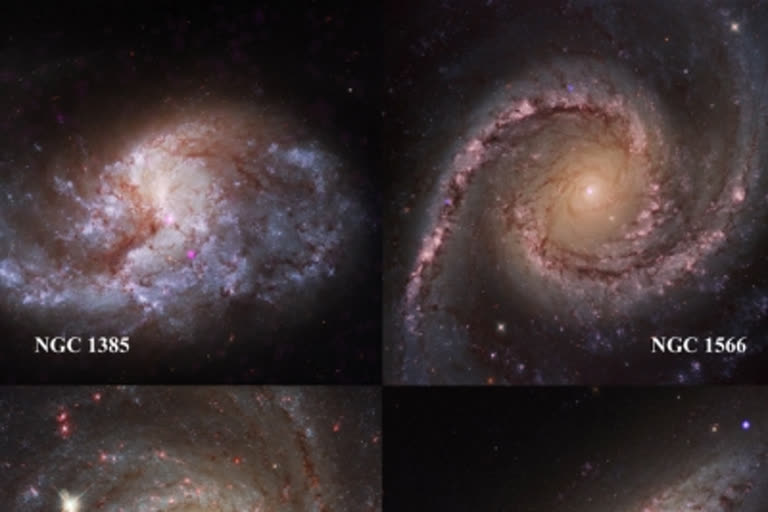New York: Intermediate-mass black holes are notoriously hard to find but a new study indicates there may be some at the centre of dense star clusters located throughout the universe. For decades, astronomers have detected smaller black holes equal in mass either to a few suns or giant black holes with mass similar to millions of suns but the missing-link of black holes in between those sizes have eluded discovery. The existence of these intermediate-sized or massive black holes has long been theorised but finding them has proven difficult as the light emitted by objects falling into them is not easy to detect.
To address this challenge, the research team at the Washington State University in the US, used the Chandra X-Ray Observatory - the world's most powerful X-ray telescope - to look for X-ray signatures of black holes in nuclear star clusters in 108 different galaxies. "One of the biggest open questions in black hole astrophysics right now is how do black holes form that are between the size of a stellar mass black hole and a supermassive black hole," said lead author Vivienne Baldassare, Assistant Professor of physics and astronomy at Washington State University. "Most of the theories for their formation rely on conditions that are found only in the very early universe. We wanted to test another theory that says they can form throughout cosmic time in these really dense star clusters," Baldassare added.
Also read:NOAA's newest earth observing satellite launched by NASA, ULA
